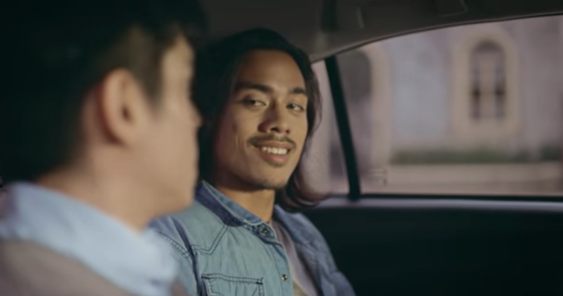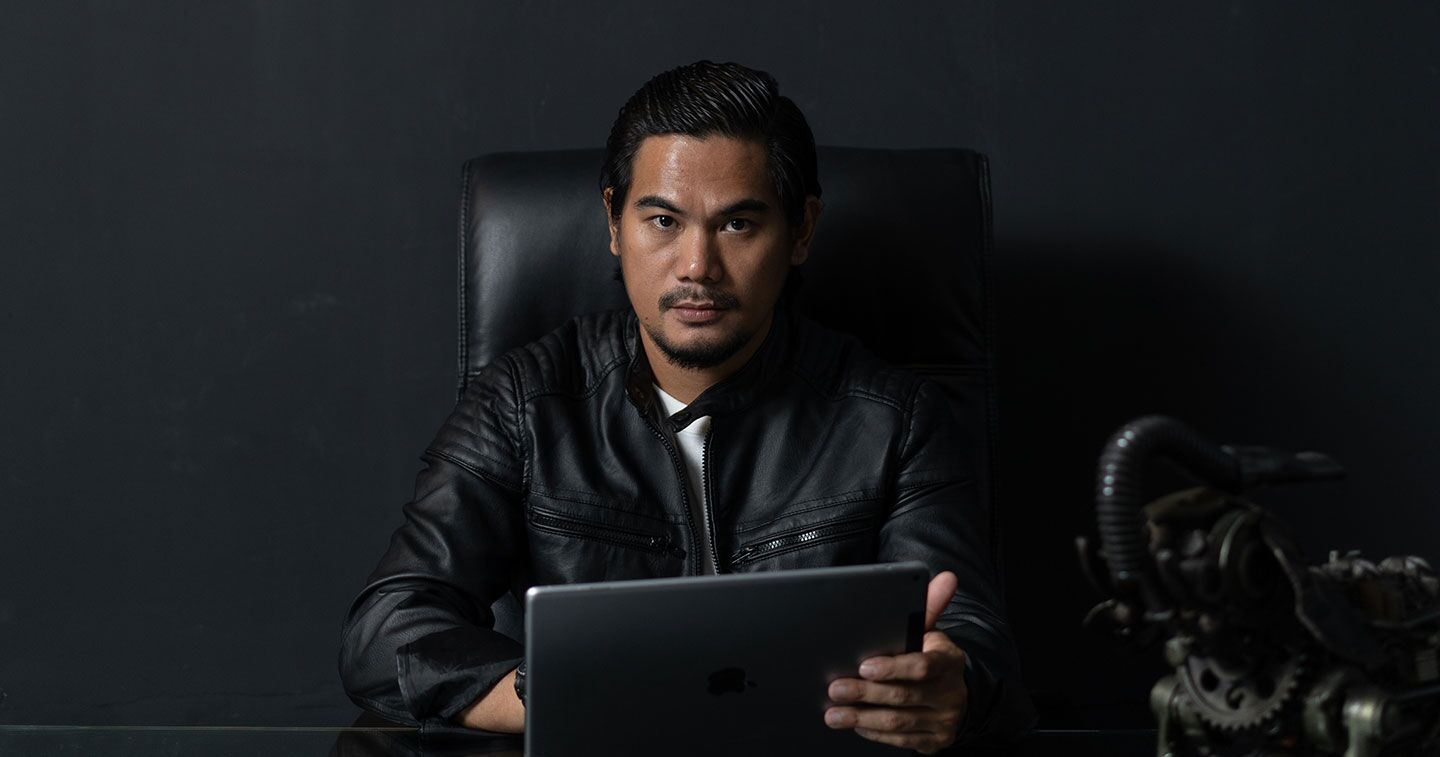(Written by our intern, Jo Mercado)
On April 17, Uber Philippines released its ‘Kilig’ ad, another installment in the #UberSTORIES series. The ad, based on the real-life experience of Uber user AJ Tabangay, features a man who fatefully shares an UberPOOL ride with his long time crush. The catch? His crush is also male. ‘Kilig’ checks in with 3.4 million views on Facebook and over 20,000 shares, the most of the #UberSTORIES campaign videos.
Uber Philippines is yet another company to add LGBT inclusion to their brand identity, following in the footsteps of Smart Communications and Bench. Both brands made appeals to their (arguably more inclusive) millennial audience with campaigns that tackled the struggle of coming out to one’s parents, as well as visually celebrating happy, successful gay and lesbian couples. These major LGBT-themed campaigns are admittedly few and far apart, but considering the nation’s stance as largely Catholic and heteronormative (where society exists and functions around typical male-female relationships and their respective gender roles), this staggering progress marks progress nonetheless.
When large companies like these make a conscious, active effort to acknowledge their queer consumers, they visibly brand themselves with a concrete political stance that sends a message to the rest of their patrons: if you’re with us, you’d better be allies too.
Yet, while these campaigns are breaking new ground in the Philippines, their overall effectiveness should still be questioned. These campaigns are inarguably well-intentioned, but some rookie mistakes might mean we are moving sideways rather than forwards. At the end of the day, these big name brands don’t assimilate visible queerness into their brand identity.
The LGBT inclusion does not undo the fact that these corporations are approaching the queer community as outsiders. These brands, which were built up and around a heteronormative consumer base, are now starting to reach into a culture that, truthfully, doesn’t belong to them. When representing the affected minority, powerhouses gain the capacity to influence the worldview of the unaffected majority.
And honestly, this is just cherry-picking at this point. But these major campaigns could still be held accountable for a very subtle form of tokenization. The SMART ‘Accepted’ campaign, which focuses on a gay professional’s struggle with coming out to his father, could be seen as a reduction of the gay identity to this singular moment.
Uber too falls prey to a heteronormative narrative as the ad is only queer through deception: the audience is made to think that the protagonist’s love interest is female as we initially only see the crush as a mysterious figure with long hair (which also leans too heavily on polarizing gender stereotypes but that’s another story). This suggests that queer-oriented media is only consumable if it’s passably heterosexual only makes it more inaccessible to the queer community.
Yet, queer representation in Philippine media seems to exist on a stark binary. If you’re not straight-acting, you belong to ‘beki’ culture. The ‘beki’ is loud, abrasive and alien, which makes them more digestible because straight audiences can comfortably distance themselves. They exist mainly as this fantastical creature to be observed from afar. Is this to assume that the straight majority can only tolerate gay media if it’s either an outright objectification or if it’s convincingly heteronormative?
Granted, these campaigns are making strides in queer representation. Gay visibility is more widespread than ever before, and that’s something to celebrate. But moving forward isn’t it high time to acknowledge that the new gay consumer does not revolve his entire life around being obviously gay? Or that the gay woman doesn’t try to pass off as straight? Can we not tell the story of people who just happen to be queer, and not make it about their ‘otherness’? Yes, we are different, and yes, our goal is equality.
But we can exist in the every day without being a whole affair, and still be queer.









